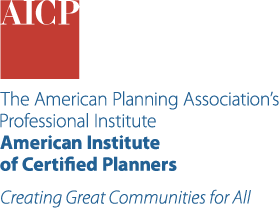You must be logged in to view this page. If you are making a purchase or registering for an event, please either log in or create a free account to complete your order.
You must be logged in to view this page. If you are making a purchase or registering for an event, please either log in or create a free account to complete your order.
Transfer of Development Rights for Managed Retreat
Zoning Practice — July 2025
By Kerry Fang

Projections indicate that millions of people in the United States will be at risk in the coming decades from rising sea levels. In places with greater risk, managed retreat may be the only feasible option to mitigate long-term social, economic, and environmental consequences. While federal and subnational buyout programs, stricter regulations on floodplain development, and evacuation plans have facilitated some managed retreat, these efforts remain limited in scale and are unlikely to keep pace with the growing threat of sea level rise.
Market-oriented tools, such as buyout programs, are particularly costly and often constrained by insufficient public funding. Regulatory approaches, such as downzoning risk-prone areas, frequently encounter legal challenges from dissatisfied landowners. In response, some planners are exploring whether transfer of development rights (TDR) programs, which combine market-oriented and regulatory approaches, could facilitate managed retreat at a greater scale.
This issue of Zoning Practice examines the potential promise and limits of TDR as a tool for widespread managed retreat in the U.S. It begins with a brief review of TDR basics before highlighting key program design challenges associated with using TDR for managed retreat and summarizing how existing programs have or have not responded to these challenges.
Details
About the Author
Kerry Fang
Kerry Fang is an Assistant Professor at Florida State University. She specializes in economic development and land use.


